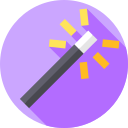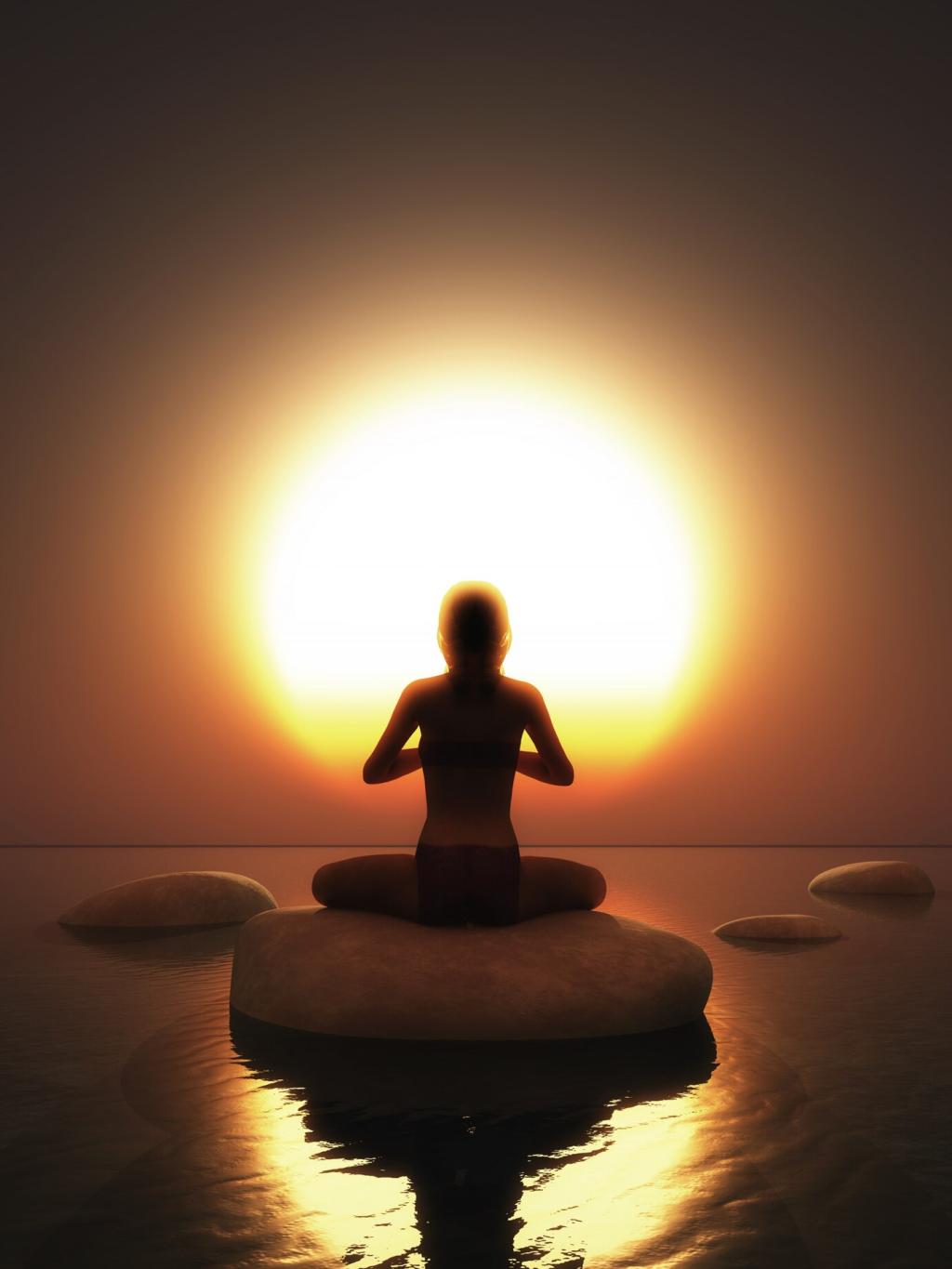
Sound Meditation for Artistic Innovation
Chosen theme: Sound Meditation for Artistic Innovation. Let’s explore how attentive listening, resonant tones, and breath-led presence can unlock braver ideas, playful experimentation, and deeper emotional clarity in your creative practice. Join in, listen closely, and make boldly.
Tuning In: What Sound Meditation Means for Makers
From noise to notes
Instead of treating background noise as distraction, we turn it into a guide. A single drone, bell, or hum becomes a compass, pointing toward color choices, narrative turns, or compositional shapes you might otherwise overlook.
Attention as a chisel
Focused listening sculpts attention the way a chisel shapes stone. As breath steadies, mental clutter settles, revealing forms and patterns that translate into cleaner lines, bolder edits, and surprisingly cohesive creative decisions.
A sunrise minute
At sunrise, sit with a soft tone and feel where it lands in the body. Let that sensation choose today’s palette or motif, then share your first sketch or sentence in the comments to inspire fellow listeners.
Slow breath and stable tones may encourage brain states linked with relaxed attention. In that space, ideas connect more fluidly, and unexpected links emerge—like a melody suggesting a color gradient, or a field recording hinting at a new character arc.
The Brain on Tone: Gentle Science, Practical Gains
A softened jaw, slower exhale, and loosened shoulders are simple signals you are ready to create. Notice these cues during sound meditation, then immediately enter your craft so the bodily calm transfers directly into bold, decisive making.
The Brain on Tone: Gentle Science, Practical Gains
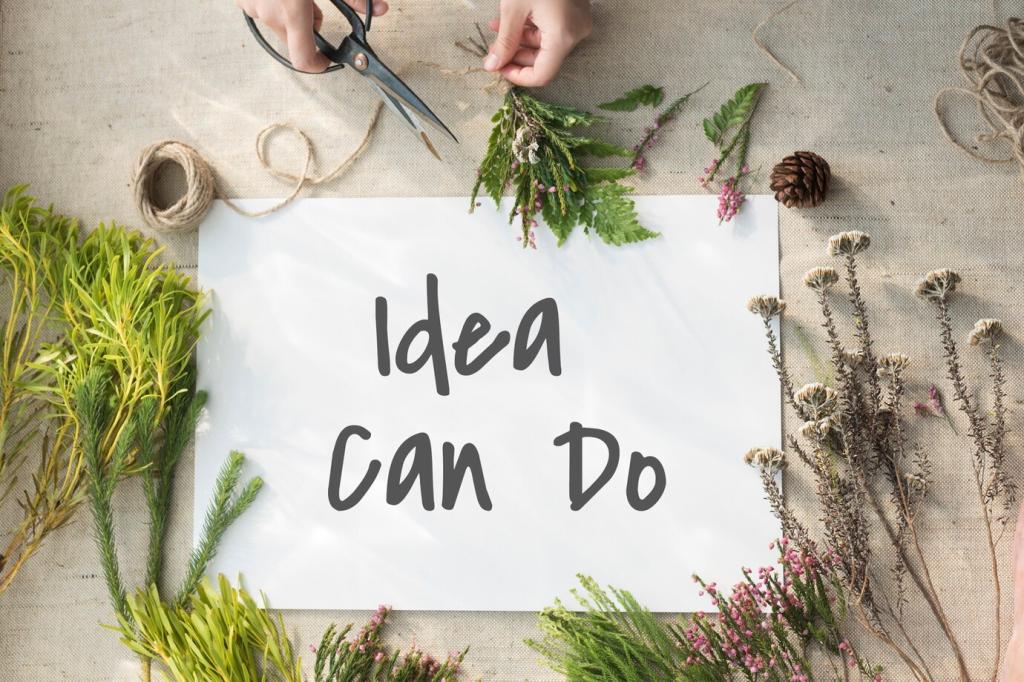
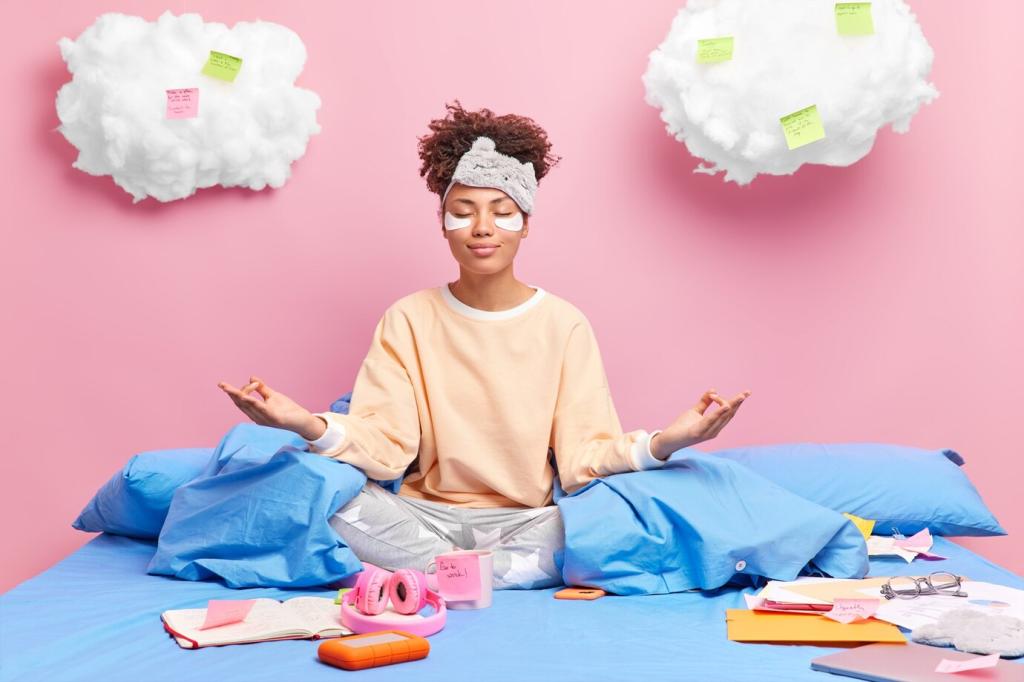
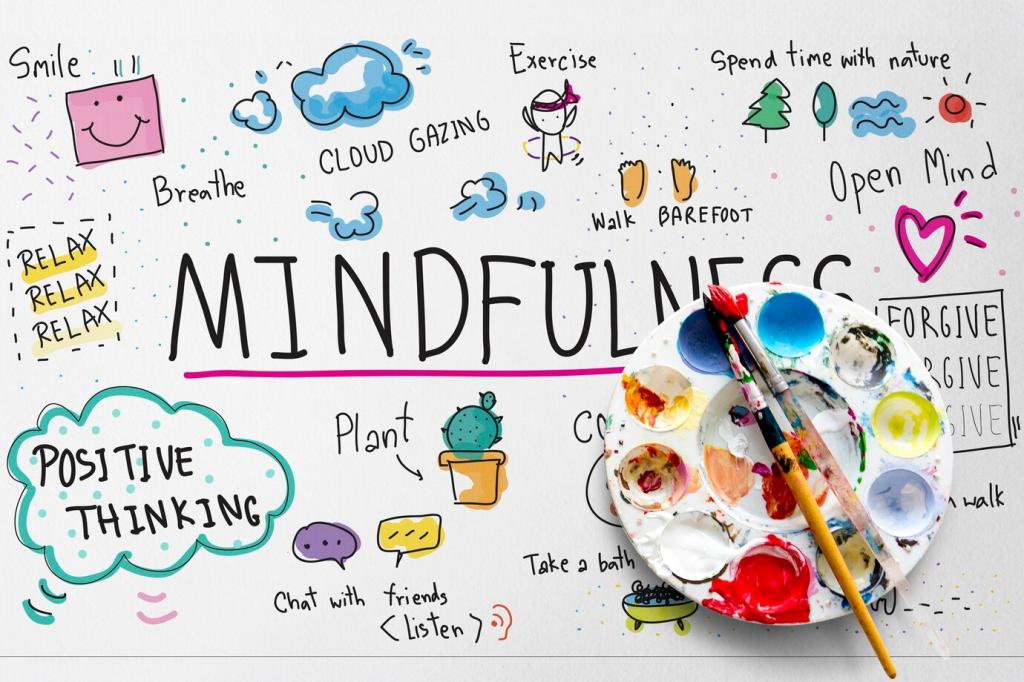
Practical Toolkit: A 20-Minute Studio Sound Journey
Sit, close your eyes, and lengthen the exhale. Let your attention rest on a soft ambient tone. With each breath, name a sensation—warmth, weight, flutter—and let that word hint at today’s texture or rhythm.
Silence as instrument
Start by subtracting. Mute notifications, soften lights, and let quiet be the first note. In that pause, subtle textures appear—paper grain, brush whisper, fingertip rhythm—each nudging your next decision with surprising confidence.
Textures of tone
Drones feel like charcoal, chimes like watercolor, and rain like graphite. Match sonic textures to materials and watch synergy bloom. Keep a small palette of three reliable sounds you can reach for when doubt gets loud.
Field recordings as brushes
Record the city at dawn, a hallway fan, or leaves dragging on pavement. Loop a snippet while drafting. Real-world noise arrives with story baked in, often gifting scenes, compositions, or gestures you could not invent on command.
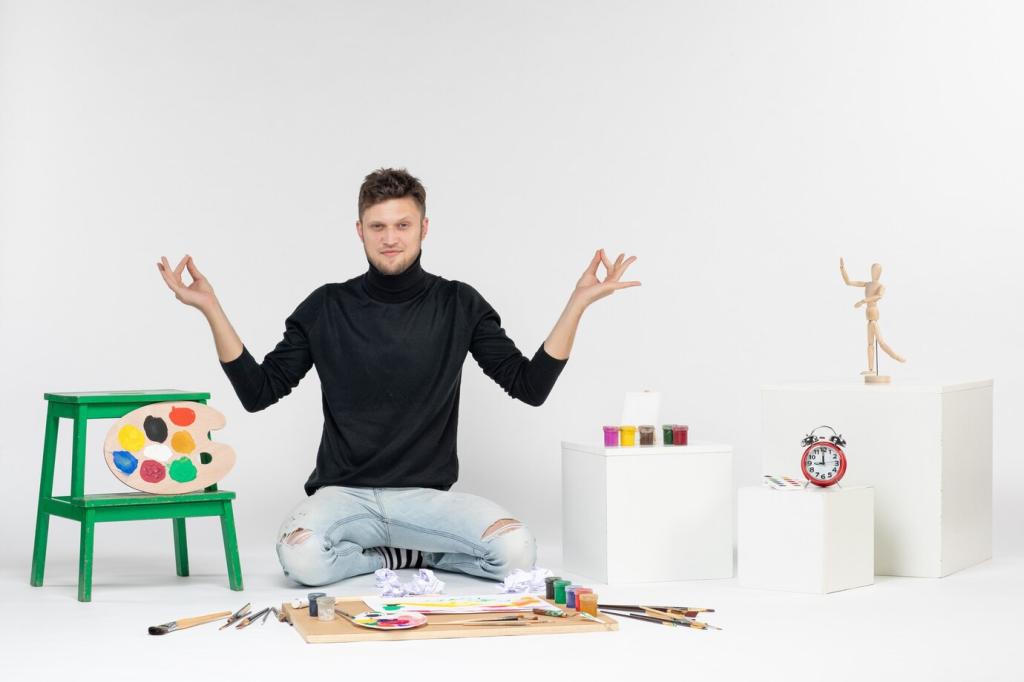
Sketching with rhythm
Set a gentle metronome and sketch in timed bursts, resting ears between sets. The pulse prevents overthinking, while pauses invite evaluation. Writers, dancers, and designers report cleaner iterations and kinder self-talk after a few rounds.
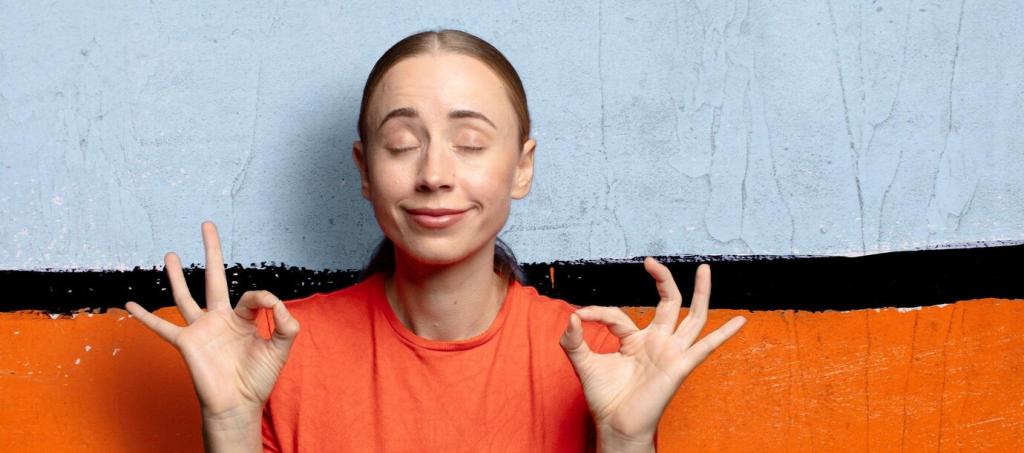
Design sprints with breath breaks
Every forty minutes, two minutes of tone-led breathing. No phones, no talk. Teams return clearer and kinder, catching elegant solutions that frantic energy tramples. If you try this, comment with your sprint metrics and creative wins.
